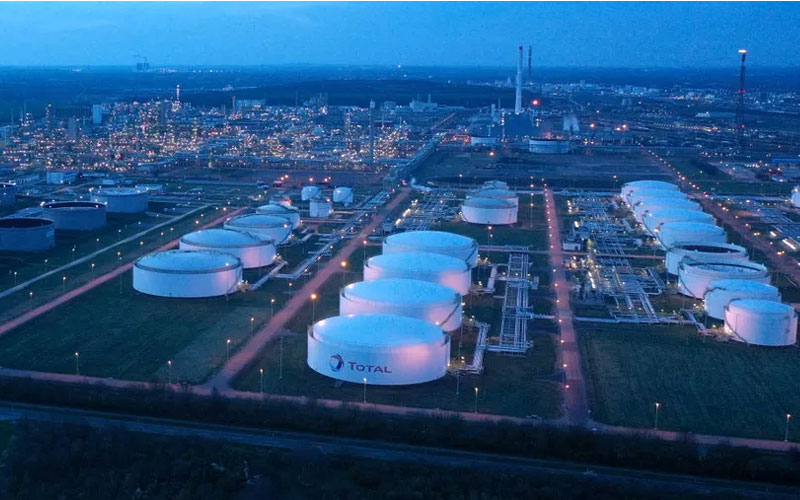Refining method
There are many basic methods of refining petroleum, and only a few main refining methods are introduced here. [6]
1. Distillation: Using the principle of gasification and condensation, the petroleum is divided into various components with different boiling point ranges. This process is called petroleum distillation. Distillation is usually divided into atmospheric distillation and vacuum distillation. Distillation under atmospheric pressure is called atmospheric distillation, and distillation under reduced pressure is called vacuum distillation. Vacuum distillation can reduce the boiling point of hydrocarbons to prevent the cracking of heavy components at high temperatures.
2. Cracking: Under certain conditions, the process of changing the molecular structure of heavy oil to increase the proportion of light components is called cracking.
Cracking is usually divided into thermal cracking, visbreaking, catalytic cracking, hydrocracking, etc.
3. Reforming: The process of changing the structure of hydrocarbon molecules in light fractions by means of heating or catalysis is called reforming. It is divided into thermal reforming and catalytic reforming, and catalytic reforming is divided into platinum reforming, platinum-rhenium reforming, and multi-metal reforming due to different catalysts.
4. Isomerization: It is an important means to increase the octane number of gasoline. That is to convert pentane and hexane in straight-run gasoline and gas gasoline into isoparaffins. It is also possible to convert n-butane to isobutane for use as an alkylation feedstock.
What is obtained through the basic method of petroleum refining is only the fraction of refined oil. After refining and blending, additives are added to improve its performance, so as to meet the product index requirements, and then the final refined oil can be obtained and shipped for use.
RELIANCE ELECTRIC WR-D4008 | Digital input module
 中文版
中文版




